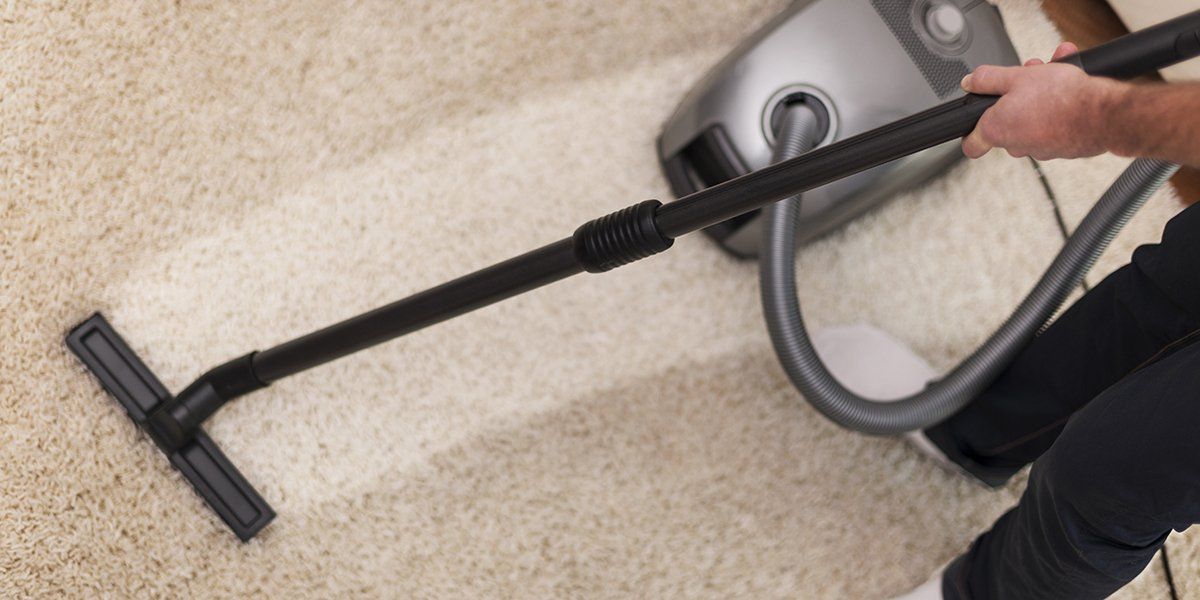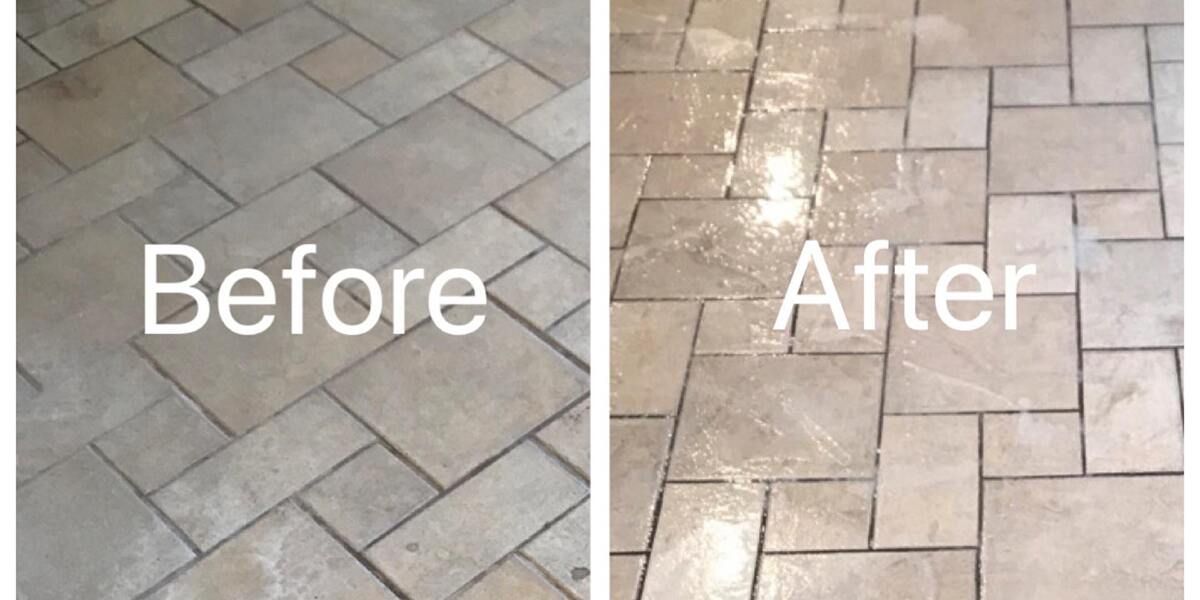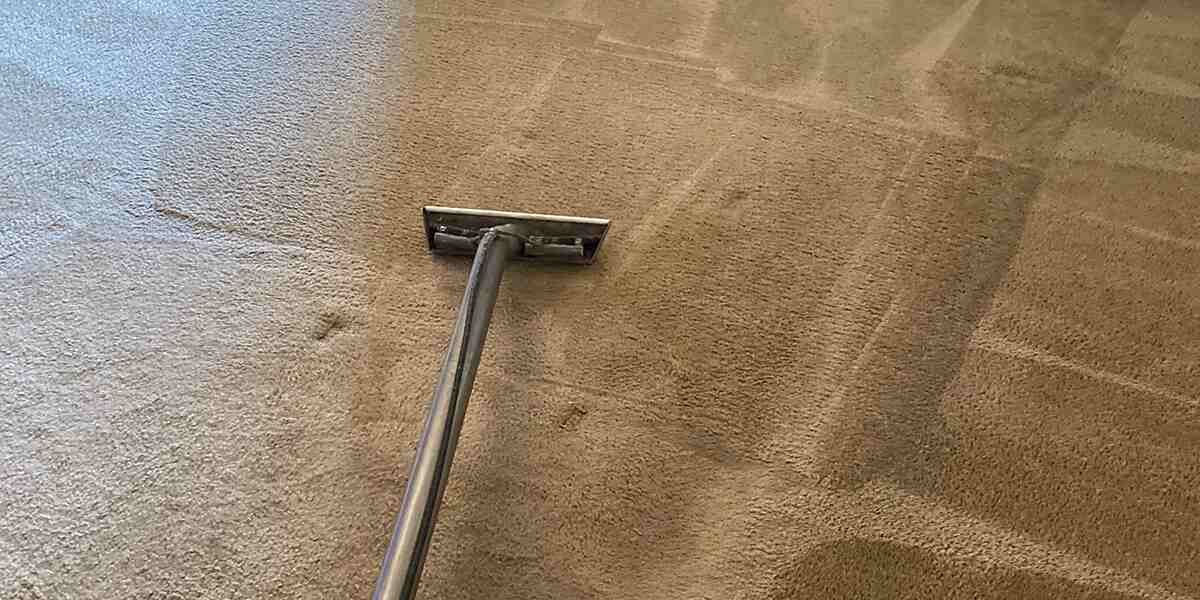Steam Smart Pro Carpet Duct & Tile Cleaning
How to Clean Up Backed-up Sewage
If you experience sewage problems, you may be wondering how to clean up backed up sewage correctly.
Sewer backups require extensive cleanups, but most importantly, after clean up, it’s crucial to the bottom of the affected area. Hence, health hazards stay minimized, and future backups do not occur.
After properly disposing of and cleaning up any hazardous sewage backup leakage and remnants, you’ll need trusted water damage restoration in Tucson from a team of plumbing experts. Continue reading for more information on how to clean up sewage water safely and what to do after clean-up.
The First Steps After Sewage Backups
The first steps after sewage backup are equally important to protect your home and your loved ones. Follow these guidelines below before you begin any cleaning, and when in doubt, call in a professional team that handles cleaning and remodeling.
Protect Loved Ones
If you experience a sewage backup, the first step is to have any vulnerable people in your home, like children and the elderly, stay away from the sewage backup. Removing any pets that may get into the standing water is also essential, as it poses a dangerous threat to their health.
Turn Off Electrical
After removing any vulnerable loved ones and pets, the next step is to turn off the electricity in the area. If your electrical panel is underwater, you do not want to touch the panels because there's a high risk of electrocution.
To switch it off, you can use something that does not allow electricity to flow through it, like a rubber handle, rubber gloves, or a stick. Just make sure the chosen one is dry before using it to switch off any fuses in the electrical box.
Contact Utilities for Water
After Switching off the electricity, you need to turn off the water in your home as well. Some homes have a water valve where you can turn it on and off to prevent extra water from flowing while experiencing your sewage back. However, sometimes, you have to call your specific utility company for them to shut off the main water supply. When in doubt, speak to professionals to safely turn off your water.
Ventilate
The final step before the cleaning begins is to ventilate the home. When sewage water flows back into the home, you must open your doors and windows, if the weather permits, to get air ventilation. Do not turn on the air conditioner or heater because these systems can spread dirty and bacteria-filled air throughout the home.
Cleaning Sewage Water
Thoroughly cleaning up sewage water is essential to avoid hazardous conditions. However, sewage water cleanup has specific steps that homeowners should follow to keep their homes safe.
Wear Personal Protection
Before cleaning, wear personal protective gear like gloves, eye protection, rubber shoes, and a face mask. These measures protect you from touching any contaminated water.
Separate Wet/Dry Areas
After you have the appropriate protective gear, you’ll want to analyze the sewage backup to see any dry spaces. For example, if only one room is wet and has water, but the surrounding rooms are completely dry, you’ll want to close off the dry areas to avoid the water seeping in. Since these areas are not contaminated, you must keep the two separated to save time, money, and resources.
Remove Sewage Water
Next, it’s time to remove the contaminated sewage water. Typically, homes will have sump pumps to help drain water. However, this may not work with the quantity of water. In this scenario and for homes without any back-up draining system, you’ll need a wet/dry shop vacuum to suck out and remove the sewage water from the area. Professionals have large-scale pumps that get rid of the water faster than at-home devices can.
Rid of Saturated Items
As you get rid of the sewer water, you’ll want to dispose of any highly saturated and heavily damaged items. For example, porous things like carpets, upholstered items, and wall paneling that cannot easily be cleaned or disinfected will likely have to be thrown away and replaced.
Open Windows
After the base level of sewage water is gone, it’s time to ventilate the area again by opening windows and using a dehumidifier. Doing so helps the space air out, bringing in fresh air. Weather permitting, this should allow the area to dry out to help mitigate mold or rot issues.
Wash Windows & Walls
The final DIY cleaning step after a sewage backup is to wash down the windows, walls, and baseboards. This is the only way to properly disinfect the areas exposed to contaminated water. Typically, you’ll use a bleach and water solution to kill any potential mold and a standard detergent on more sensitive areas like the floor.
Mold Inspection
Once the area is clean and fully dry, you must complete an inspection for mold. Mold tends to grow with a high humidity level and water that sits over time. Mold not only harms your health but can also damage the Integrity of your home. Make sure to have a professional contractor inspect surfaces for mold and get remediation as quickly as possible if you notice any signs.
Common Causes of Sewage Backups
There are many different causes for sewage backups. Commonly, it's due to an improperly functioning septic system, a clogged sewer line, leaky pipes, or tree roots entering minor cracks in your sewer line and damaging the pipes.
Whatever the source, getting to the root cause of the sewage backup is the only way to prevent it from happening again.
Call Professionals to Clean, Remediate, & Restore
If you experience sewage backup, you do not have to tackle it alone. After cleanup, let Steam Smart Pro perform a water damage restoration to avoid any potential mold growth and ensure your home’s health by allowing professional cleaners to sanitize your basement after a flood.
So, Instead of wondering how to clean up backed up sewage and get rid of sewage water, rely on professionals. Call Steam Smart Pro at
(520) 416-4308 for an instant quote for your water damage restoration today!
Our Recent Post

Request A Free Estimate
Free Estimate Form
We will get back to you as soon as possible.
Please try again later.
Contact Information
5151 N Oracle Rd Suite 203, Tucson, AZ 85704
Available 7am - 7pm, 7 days a week.
Same Day Service Available.
All Rights Reserved | Privacy Policy | Steam Smart Pro Carpet Duct & Tile Cleaning


